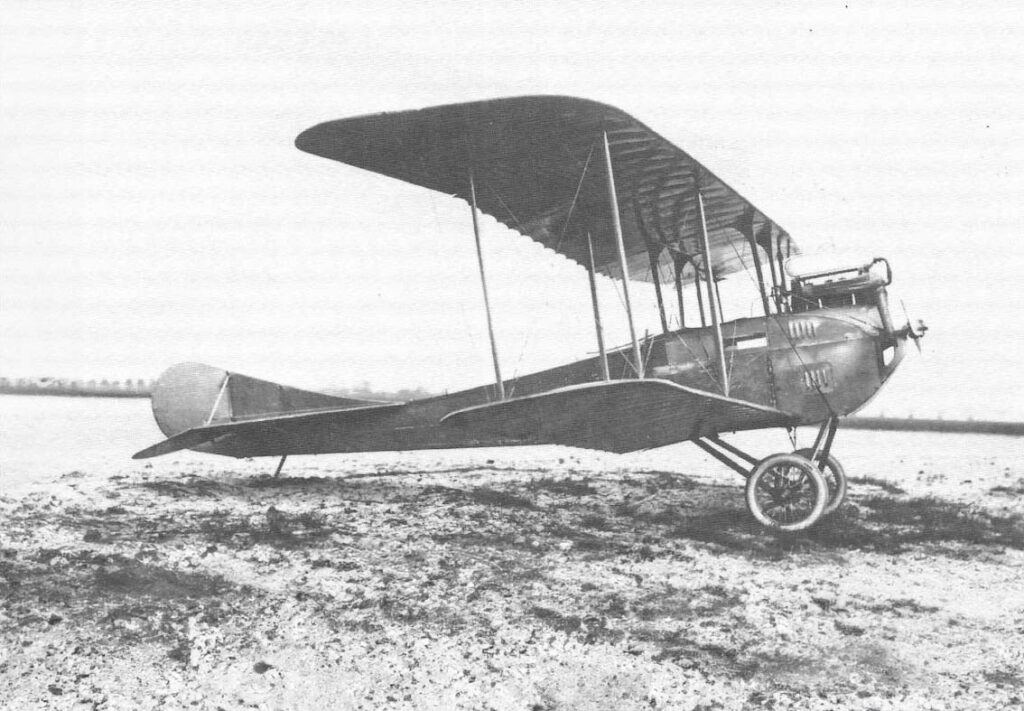The Rumpler B.I, hailing from Germany in 1914, stands as a symbol of early European aviation. This article sheds light on its development, distinctive design, and performance metrics, as well as its military role during a transformative period in world history. In the realm of aviation, the early 20th century was marked by rapid innovations, with the Rumpler B.I of 1914 emerging as a notable example from Germany. Designed during a time of burgeoning conflict, its existence tells a tale of technological prowess and wartime necessities.
History of the Development of the Rumpler B.I
As the world steered towards the brink of the First World War in 1914, nations recognized the paramount importance of aerial superiority. Germany, with its industrious spirit, was no exception. The nation sought aircraft that could provide valuable reconnaissance information, thereby giving birth to the Rumpler B.I.
Designed by the Rumpler Flugzeugwerke company, the aircraft had its maiden flight in 1914. The primary objective of the Rumpler B.I was reconnaissance, aimed to serve the German army with invaluable aerial perspectives. Its development was centered around providing stability, endurance, and good visibility for its crew, ensuring the successful completion of reconnaissance missions.
Design of the Rumpler B.I
Aesthetically conventional for its era, the Rumpler B.I was constructed predominantly using wood and fabric. It boasted a wingspan of roughly 45 feet (about 13.7 meters) and a length of approximately 27 feet (8.2 meters).
The aircraft was designed as a two-seater, with the pilot and observer seated in tandem. One of its primary design advantages was the unobstructed view it offered to its crew, crucial for reconnaissance.
However, like many aircraft of its era, it lacked the advanced protective features we associate with modern military planes, making it vulnerable to enemy attacks. The open cockpit, although providing excellent visibility, exposed the crew to the elements and potential enemy fire.

Performance of the Rumpler B.I
The heart of the Rumpler B.I was its Mercedes D.I engine, delivering a power output of around 100 hp. This allowed the aircraft to reach a top speed of approximately 65 mph (about 105 km/h). The aircraft could climb to an altitude of around 9,000 feet (roughly 2,743 meters) and had an operational range close to 310 miles (almost 500 kilometers).
While decently impressive for its time, the Rumpler B.I was not the fastest bird in the sky. Several contemporaneous aircraft outperformed it in terms of speed and maneuverability.
Military Use and Combat of the Rumpler B.I
Primarily designed for reconnaissance, the Rumpler B.I was not heavily armed. Any defense typically came from handheld weapons the crew might carry.
During its service, it provided valuable intelligence to the German forces. However, its relatively slow speed made it a potential target for faster enemy fighters. With the evolution of aerial warfare, the Rumpler B.I soon found itself outpaced by more advanced aircraft designs, both from allies and adversaries.
There’s limited evidence to suggest extensive sales of the aircraft to other nations. By the end of the war, the Rumpler B.I, like many of its contemporaries, was phased out, giving way to more advanced and specialized aircraft.
Conclusion:
The Rumpler B.I offers a fascinating glimpse into the early days of military aviation. While it might not have been the most formidable aircraft of its time, it played its role, showcasing German engineering and the overarching strategic shift towards the importance of aerial reconnaissance.
Back to the Spy Planes section.